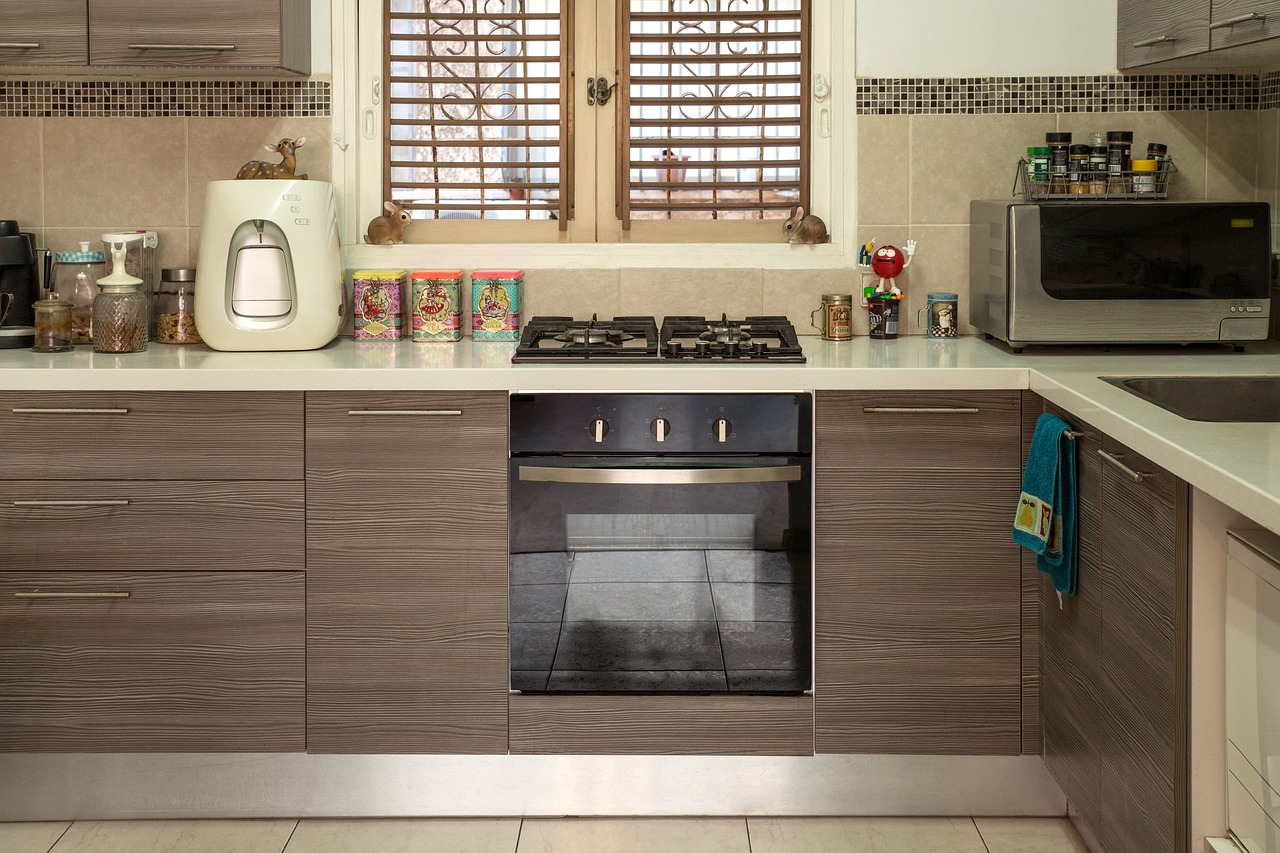Oh, you bought a house? Congratulations! Welcome to the world of “Adulting 2.0”, where your wall isn’t just a Facebook feed, and a ‘leak’ isn’t a spoiler from your favorite TV show. Now, before you get too cozy with that mortgage, let’s chat about something that’s equally fun: home repairs and maintenance. I promise, it’s less painful than stepping on a LEGO… well, maybe.
1. The “1% Rule” that Isn’t About the Wealthy Elite
You’ve probably heard of the “1% Rule”. No, I’m not talking about that exclusive club of billionaires who own yachts and lunar landers. This 1% Rule is for us, regular mortals. Financial experts, and people who’ve had their basements flood unexpectedly, recommend setting aside 1% of your home’s purchase price annually for maintenance and repairs. So, if your crib cost $300,000 (oh, what a bargain, right?), that’s a cool $3,000 per year, or $250 per month.
Now, I can hear some of you saying, “But my house is brand new! Surely, nothing will go wrong.” Ah, sweet, sweet summer child. Have you heard of Murphy’s Law? Because Murphy is about to become your new roommate. Better to be prepared than crying into a puddle of your broken water heater.
2. Square Footage: Because Size Does Matter
If the 1% rule made you choke on your artisanal coffee, there’s another approach you can adopt. The “Square Foot Rule” suggests budgeting a dollar amount per square foot of your house. Typically, this ranges from $1 to $4. So, for a 2,000 sq. ft. house, you’d save anywhere from $2,000 to $8,000 annually. Again, if this sounds like an episode of “Unrealistic Budgeting,” remember, this isn’t just about repairs. It’s also for maintenance. Trust me, lawnmowers don’t run on hopes and dreams.
3. Age Ain’t Nothing But a Number… Unless It’s Your Roof
An older home may ooze charm, with its quirky architecture and that “well-lived” feel. But, it can also ooze, well, actual ooze. Plumbing, electrical, roofing – older homes might have components crying out for some TLC (or an outright retirement party). As a rule of thumb, the older the home, the higher the percentage you might want to save. Sorry, Victorian mansion owners, but those vintage vibes come at a cost.
4. The Home Emergency Fund: Not Just a Suggestion
We touched upon this earlier, but it’s worth repeating. Aside from your maintenance fund, you might want to set up a separate emergency fund. A pipe could burst, or that ancient furnace might finally give up the ghost in the middle of a polar vortex. These things don’t wait for payday. Aim for an emergency fund that covers 2-3 months of living expenses. While it sounds daunting, even a little saved over time can be a game-changer when disaster (or inconvenience) strikes.
5. Break it Down: Annual, Seasonal, Occasional
While the 1% rule or the square foot rule gives a general guideline, it’s often beneficial to break down anticipated costs:
- Annual: These are your non-negotiables. HVAC inspections, gutter cleaning, and septic tank servicing, if you have one.
- Seasonal: Think about tasks like winterizing your home, garden maintenance in the spring, or checking the roof before monsoon season.
- Occasional: Every few years, certain things come calling for attention: repainting walls, refinishing wooden floors, or replacing older appliances. Anticipate and space these out over the years to avoid budgetary surprises.
6. The Utility Efficiency Checkup
Energy efficiency isn’t just for tree huggers — it’s for wallet huggers too. Older homes, especially, can be money pits when it comes to heating and cooling. You can either self-audit or get a professional to identify leaks, inefficient appliances, or ancient insulation that’s barely doing its job. Investing in upgrades or fixes might have an upfront cost but think of the long-term savings. Plus, there’s that whole saving-the-planet thing, which is a nice bonus.
7. Big Ticket Items: Your Home’s Wishlist
Certain elements in your home come with expiry dates, and these replacements can be big-ticket items. I’m talking about roofs, siding, and major appliances. Knowing the lifespan of these items can help you forecast and start saving in bits. For instance, if you know your roof is about 20 years into its 25-year lifespan, start budgeting for that eventual replacement. No one likes a rainy day inside the house.
8. Smart Tech to the Rescue
Consider investing in smart home tech. Leak detectors can alert you to water issues before they become disasters. Smart thermostats can reduce energy bills. While there’s an initial cost, they can save you money in the long run by preventing costly repairs or reducing ongoing expenses.
In conclusion, while every house and situation is unique, being proactive in your budgeting is the key to avoiding financial headaches. Think of your home as a living entity: it has its needs, quirks, and occasional demands. But with careful planning and a touch of foresight, you can ensure that your relationship with your home remains a loving and (mostly) stress-free one. Happy budgeting!
Pro Tips for the Savvy Homeowner
- Get Insured: Ensure your home insurance is up-to-date and comprehensive. It’s worth reviewing annually to make sure you’re covered for various scenarios, especially if you’ve made significant upgrades to your home.
- Seek Tax Deductions: Some home improvements, especially those related to energy efficiency or certain renovations, might qualify for tax credits or deductions. Keep all receipts and consult with a tax professional.
- Go Local: Local utilities often offer free or discounted energy audits. They might also have rebate programs for purchasing energy-efficient appliances or for making certain home improvements.
- Learn Basic Skills: Understand the basics of home repair. Knowing how to shut off water or gas in emergencies, or how to reset circuit breakers, can be invaluable and save you from potential disasters.
- Build Relationships: Establish good relationships with local contractors, plumbers, and electricians. Having a trusted professional to call, especially in emergencies, is golden. And sometimes, loyalty comes with discounts!
- Maintenance over Repair: Preventative maintenance, even if it seems bothersome at times, is almost always cheaper than repairs. Regularly check and maintain the key components of your home.
- Document Everything: Whenever you do any significant repair, maintenance, or improvement, document it. Keep receipts, before-and-after photos, and warranty details. This not only helps in case of potential resale but also for insurance purposes.
- Embrace Technology: Use apps or software designed for homeowners to track maintenance schedules, expenses, and other important details about your property. This tech-savvy approach ensures nothing is overlooked.
- Set Up Alerts: With the digital banking era upon us, you can set up alerts to remind you to contribute to your home repair and maintenance funds. You can even automate monthly transfers to a separate savings account dedicated to this purpose.
- Educate & Involve: If you live with family or have housemates, educate them on basic home care. The more eyes watching out for potential issues, the better. Plus, sharing knowledge (like where the main water shut-off is) can prevent small problems from becoming huge headaches.
Remember, your home is likely one of the biggest investments you’ll ever make. Treat it with care, respect, and a touch of foresight, and it’ll reward you with warmth, shelter, and (mostly) drama-free living.
FAQs: Budgeting for Home Repairs & Maintenance
A common guideline is the 1% rule — setting aside 1% of your home’s purchase price annually. However, you can also consider the square foot rule, which suggests budgeting $1 to $4 per square foot of your house.
While new homes might not require immediate repairs, wear and tear is inevitable. It’s wise to start budgeting early so when repairs do pop up, you’re financially ready.
Older homes, due to aging infrastructure and materials, might require more frequent repairs or updates. It’s advisable to budget a bit more than the standard 1% in these cases.
Break down anticipated costs into annual, seasonal, and occasional categories. This will give you a clearer picture of when and where your money might be needed.
It’s essential to work within your means. Start with what you can, even if it’s below the suggested amount. Regularly reviewing and adjusting your budget as your financial situation changes is key.
Yes, many apps are designed to help homeowners track maintenance schedules, expenses, and other home-related tasks. Examples include HomeZada and Centriq.
This is where an emergency fund comes into play. Aside from your maintenance budget, having an emergency fund can help cover unexpected repair costs. If you don’t have an emergency fund, consider options like home equity lines of credit or personal loans, but always be cautious and understand the terms.
It’s a good practice to review your budget annually. This allows you to adjust for any significant changes in your home’s condition, local service costs, or your financial situation.
Absolutely! However, ensure you’re comfortable with the task at hand and have the necessary knowledge and tools. Some repairs are best left to professionals, especially when they involve plumbing, electricity, or structural changes.
In some cases, certain home improvements, especially those related to energy efficiency or sustainability, might qualify for tax credits or deductions. Always consult with a tax professional and keep all receipts.



